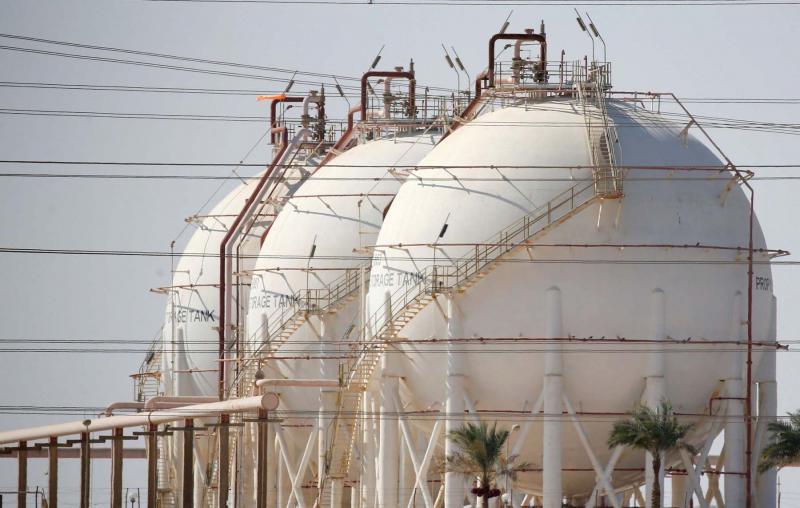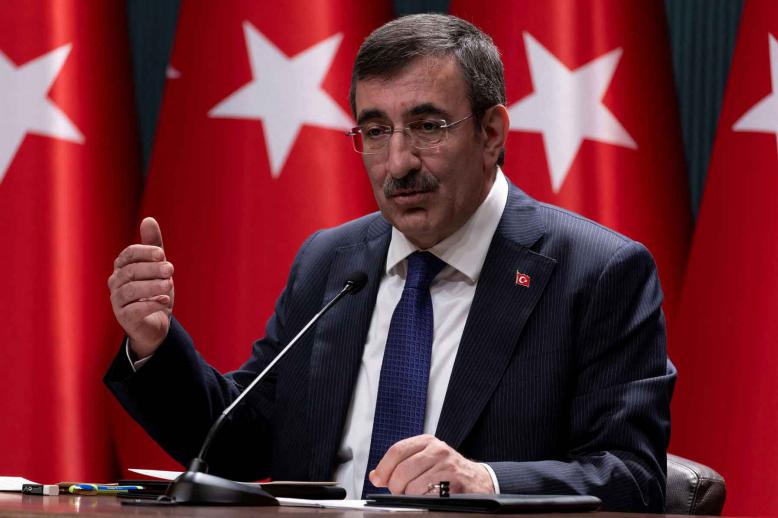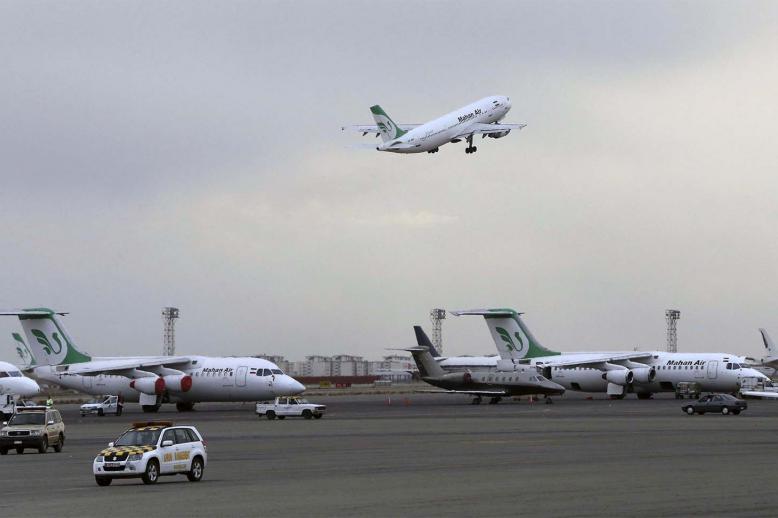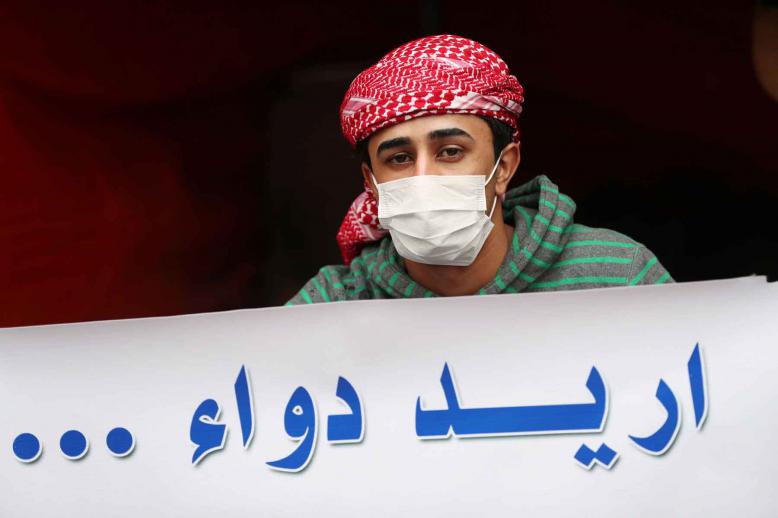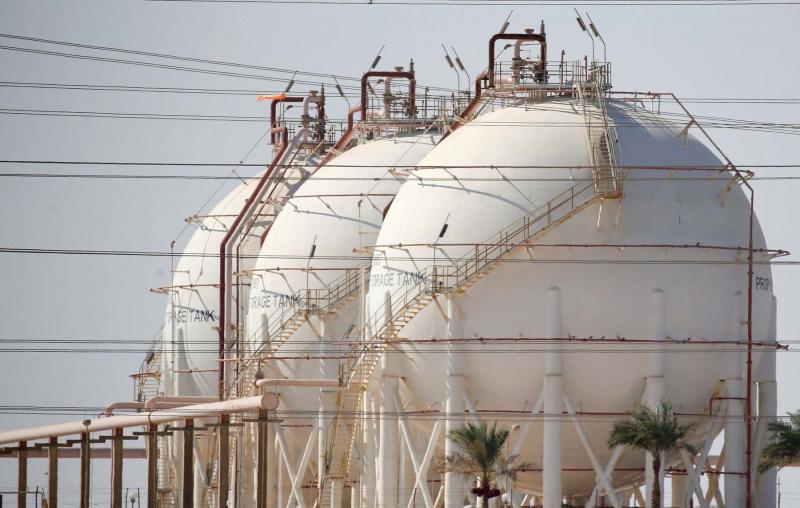Egypt could compete with Russian gas exports to Europe
CAIRO - Egyptian natural gas is to officially begin flowing to Jordan in February for the first time in seven years.
Gas exports to Jordan were expected to gradually return to previous levels, the Egyptian government said, as Cairo advances its plan to become a regional energy hub.
“The resumption of exports to Jordan is a step on the road to sending Egyptian natural gas to other countries,” said Hamdi Abdel Aziz, Egyptian Ministry of Petroleum spokesman. “We are pinning a lot of hope on the return of our gas to international markets to contribute to economic growth.”
Natural gas exports to Jordan stopped in 2012 when the pipeline carrying the gas from El Arish in North Sinai to Aqaba and Israel was bombed numerous times.
Before exports were suspended, Egypt exported approximately 250 million cubic feet of gas to Jordan every day as part of a 2003 deal. The exports covered most of Jordan’s needs; however, Amman had to resort to other suppliers and other energy sources after Egypt’s exports stopped, costing it around $6 billion, the Jordanian government said.
Last August, Egypt and Jordan amended the 2003 deal to change the amount of gas exported by Egypt to 150 million cubic feet of gas to Jordan a day, which will cover almost half of the needs of the country.
Egypt started exporting gas to Jordan in September, part of a test case to ensure that the pipeline and security around it were operating correctly.
The return of Egyptian gas to international markets is a major economic shift in a country that has, in the last two years, almost doubled its production, achieving self-sufficiency and ending importation.
The rise in production was propelled by a series of discoveries, including the gigantic Zohr field under the Mediterranean. The Zohr gas field, which was discovered in 2015, has reserves of 30 trillion cubic feet. Production from the field reached 2 billion cubic feet a day at the end of 2018 and should total 2.7 billion cubic feet a day sometime this year.
Production from Zohr raised total national production to 6.5 billion cubic feet a day at the end of 2018. Production from other discoveries will also come online soon, making more promising national economic prospects.
“The rise in production and the resumption of exports are critically important if we will attract foreign currency revenues and push the economic growth forward,” said Egyptian energy expert Gamal al-Qaliubi. “Returns from the energy sector will increase as we send more gas to international markets.”
The oil and gas sector is at the heart of Egypt’s economic revival plans and the rise in production along with exporting local gas to international markets bring Egypt closer to becoming a regional energy hub.
With a large number of local liquefaction and petrochemical plants, Egypt aims to collect gas from major producers in the region and apply further refinement and liquefaction processes, before exporting it.
An Egyptian company is to receive shipments of Israeli gas during the first quarter of the year, part of a $15 billion deal signed last August.
Egyptian President Abdel Fattah al-Sisi said resuming gas exports to Jordan represented a “goal” for Egypt.
Abdel Aziz said Jordan would be the first in a list of countries, including Italy, Spain and France, that Egypt will export its natural gas to in the coming years. The second export stage, he added, would include other European states, likely in 2020.
In entering the European market, Egyptian gas is expected to pose competition to Russian gas.
“Our gas will be much cheaper than [gas] coming from Russia,” Abdel Aziz said. “European countries will find the gas pumped from Egypt less costly than the one they import from Russia both before and after liquefaction.”
Amr Emam is a Cairo-based journalist. He has contributed to the New York Times, San Francisco Chronicle and the UN news site IRIN.
This article was originally published in The Arab Weekly.


